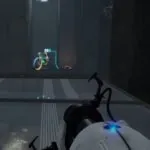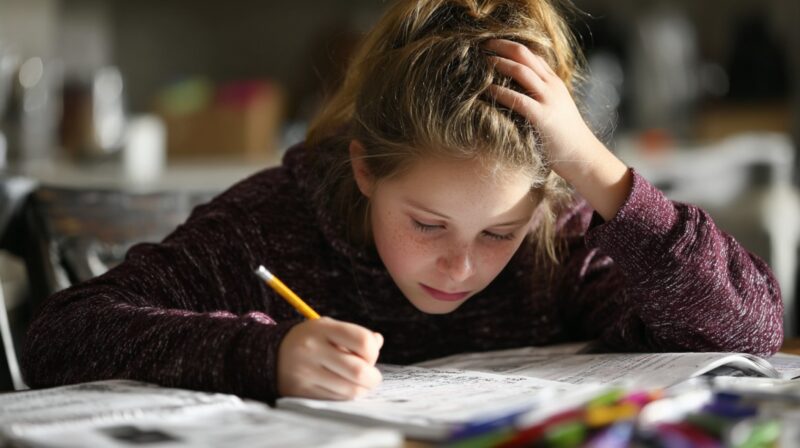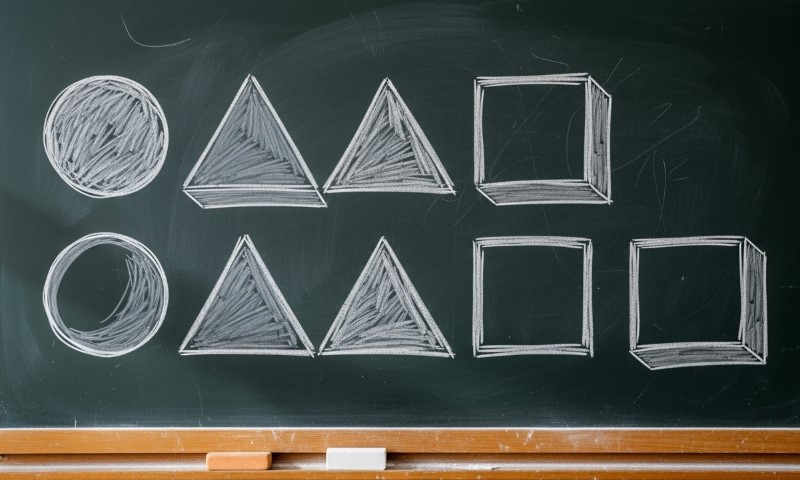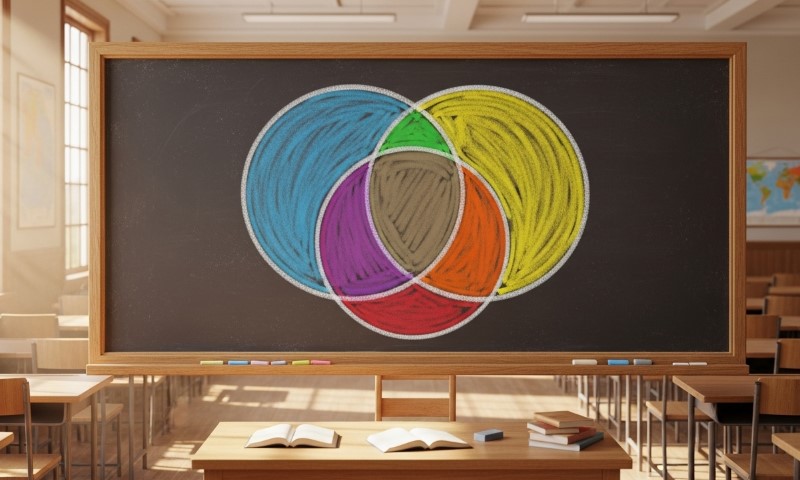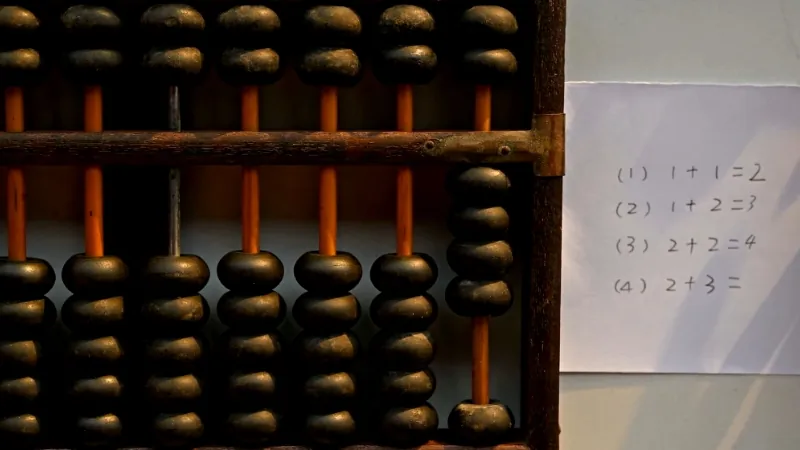
Share Post:
At age 7, children are expected to have a solid understanding of basic addition.
They should be able to add numbers up to 20 fluently and begin working with two-digit numbers.
Teaching addition at this stage must combine structured instruction with interactive practice.
The most effective methods include using games, hands-on tools, and printable materials that reinforce concepts without relying on repetition alone.
What Children Should Know About Addition at Age 7
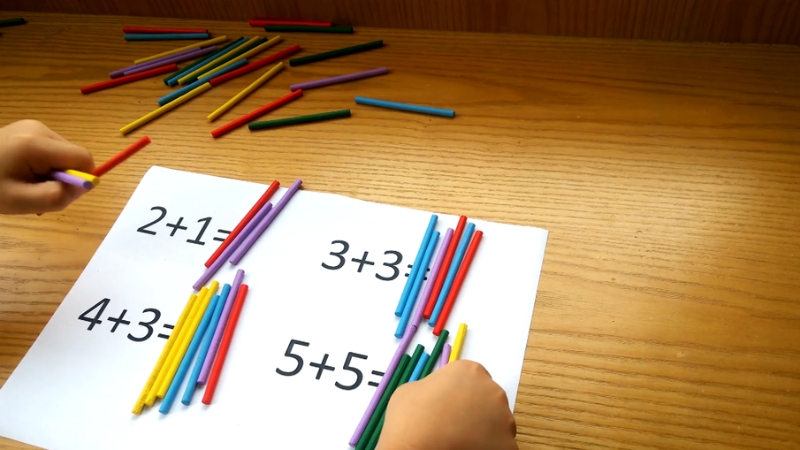
By age 7, most children are in Grade 2 and should be developing the following addition skills:
Skill
Description
Basic facts of fluency
Know all addition facts up to 20 automatically
Adding two-digit numbers
Understand place value and how to add tens and ones
Regrouping
Start learning how to carry over when sums exceed 10
Word problems
Apply addition to real-life situations
Mental strategies
Use methods like doubles, near doubles, making 10, and counting on
Core Teaching Strategies
1. Use Visual Aids and Manipulatives
Children understand math better when they can see and touch objects.
Use items like small blocks, counters, coins, or number lines.
For example, if a child is learning 7 + 5, give them 7 counters and then add 5 more so they can count the total.
2. Teach Place Value First
Before introducing two-digit addition, make sure the child understands place value.
Use a place value chart to show how tens and ones work.
For example:
Tens
Ones
2
3
Explain that this represents the number 23. Practice building different numbers this way before moving on to adding them.
3. Break Addition Into Steps
When teaching multi-digit addition, break it down:
- Add the ones place
- Regroup if necessary
- Add the tens place
- Combine for the final sum
Example: 27 + 46
Work through these steps slowly and repeatedly with the child until they understand the logic and pattern.
Printable Activities That Support Learning
Printables help reinforce learning by providing structured repetition in a visual and accessible way. Here are the types of printables that work best:
1. Addition Worksheets With Visual Aids
These sheets use objects or dots along with numbers to show problems visually. For example:
🐱🐱🐱 + 🐱🐱 = ___
3 + 2 = ___
This supports early addition for children still transitioning from counting to mental math.
2. Number Bond Printables
Number bonds help children understand how numbers break apart and come together.
For example:
10
4
This shows that 4 + 6 = 10 and reinforces the concept of parts and wholes.
3. Missing Number Problems
These help children think in reverse and build algebraic thinking:
__ + 8 = 15
5 + __ = 9
These can be simple but very effective when repeated.
4. Regrouping Worksheets
These should include vertical addition problems like:
markdown
46 + 37 = ____
Some worksheets should include lines to show carrying, and others should omit them for independent thinking.
5. Color-by-Sum Activities
These worksheets give a sum, and the child colors based on the answer:
- Red for sums of 10
- Blue for sums of 12
- Green for sums of 14
This adds a visual and engaging element while reinforcing fluency.
Math Games That Teach Addition
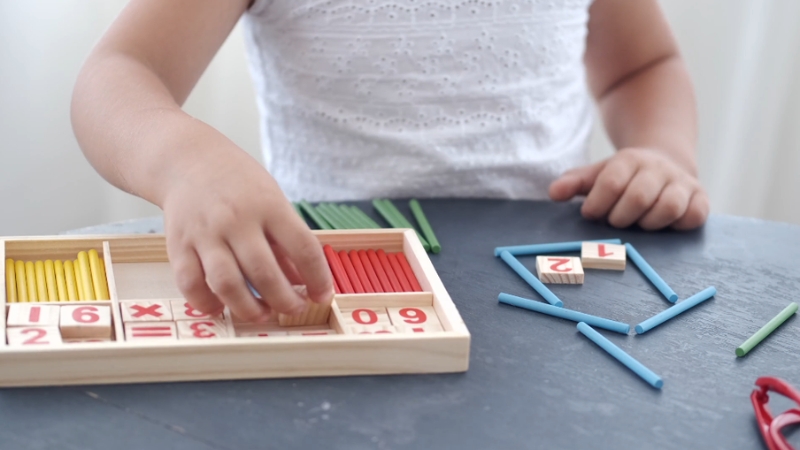
Games can be used to reinforce skills while keeping the child engaged and motivated.
1. Card Game: Addition War
- Use a regular deck of cards (remove face cards).
- Each player flips two cards and adds them.
- The player with the higher sum keeps all the cards.
- This builds speed and fluency with basic facts.
2. Dice Game: Roll and Add
- Roll two dice.
- Add the numbers together.
- Record the answer on a score sheet.
- You can vary the game by using 10-sided dice or adding three numbers.
3. Addition Bingo
- Create bingo cards with sums between 5 and 20.
- Call out problems like 6 + 3 or 8 + 5.
- The child marks the correct answer on the card.
- First to get a line wins.
This reinforces mental math and helps children recognize sums quickly.
4. Board Game: Addition Race
- Create a simple game board with numbers from 0 to 100.
- Roll two dice and add the numbers.
- Move that many spaces forward.
- First to reach the end wins.
This helps practice multi-digit sums and forward counting.
5. Movement Game: Jump to the Sun
- Write numbers on paper and place them on the floor.
- Call out an addition problem.
- The child jumps to the paper with the correct sum.
This introduces physical activity and improves memory retention.
Teaching Word Problems Effectively
@themathymama How did word problems make you feel as a kid? For many people, word problems were the worst part of math. Take a new math concept you’re trying to learn, mix in reading comprehension, and it’s a struggle! 😭 In this video, my goal is to give you a framework that your student can use to tackle the word problem. There’s a lot of reasoning that still needs to happen behind the scenes. Which number is the whole and which is the part? How do I find the hidden question? 💫 These ideas will develop over time and through repeated exposure to the ideas. The best way to help this happen is to find math in your everyday life. Pose questions to your kids about what you notice around you – give them a chance to reason through these situations when they’re not stressed by that homework page in front of them! The more they practice it in real life, the easier it will be to reason through the homework problems. And remember, if they’re really struggling to fill in that bar model, make the problem simpler. ➡️ Pose the same question with numbers smaller than 10 – hand them pokemon cards and have them work through the problem. Once they can do the problem with small numbers, return to the original problem and see if they can transfer their thinking to the harder problem. ‼️And if all else fails, remember it’s ok to take a break until their brains are ready to think some more! #wordproblems #3rdgrade #maths #homeworkhelp #mathtok ♬ Positive background music such as play and games(1251730) – earbrojp
Word problems are an essential part of learning addition because they show how math is used in everyday life. Unlike standard equations, word problems require a child to read, think, and solve—all in one task.
To teach word problems effectively, it’s important to break the process into manageable steps that guide the child from understanding the situation to finding the answer.
Start by reading the problem aloud together. This helps the child hear the problem clearly and gives them a moment to begin visualizing what is happening. Encourage them to repeat the problem in their own words. This helps confirm they understand the context and aren’t just hearing numbers.
Next, help the child identify the important information. Ask simple questions such as, “What numbers do we know?” and “What is happening in the story?”
For example, if the problem says someone has 12 apples and then buys 8 more, those are the two key pieces of information the child needs to focus on.
Once the important details are clear, ask the child what the question is asking them to find. This is a critical thinking step that shifts the focus from information gathering to problem solving.
In the apple example, the question would be: “How many apples does Anna have now?” That signals to the child that this is an addition problem.
Now, help the child write the problem as a math sentence. From the information given—12 apples and 8 more—the child should write: 12 + 8 = ?.
At this stage, some children may be able to solve it mentally, while others may benefit from drawing apples, using counters, or using a number line to add.
Finally, guide the child to solve the equation and state the answer clearly: “12 + 8 = 20, so Anna has 20 apples now.” Ask them to explain how they got their answer, even if it seems simple. This reinforces understanding and helps catch mistakes.
Mental Math Strategies for Age 7
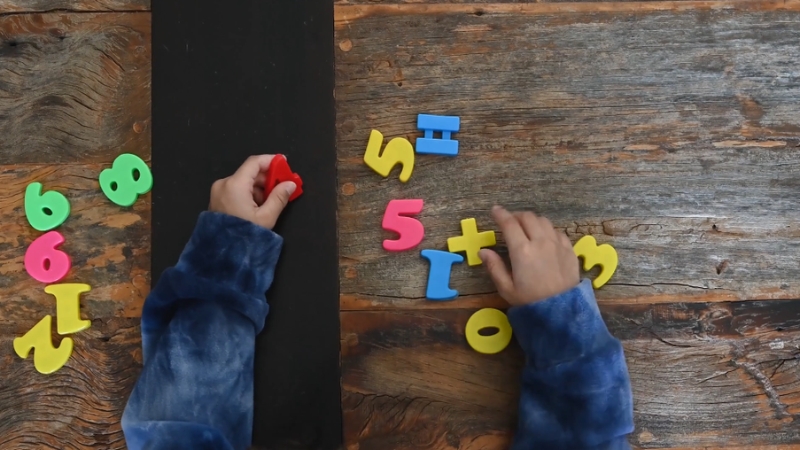
At this stage, children should begin learning shortcuts that reduce the need for counting:
Strategy
Example
How It Helps
Doubles
6 + 6 = 12
Recognize repeated numbers quickly
Near doubles
6 + 7 = (6 + 6 + 1) = 13
Builds on known facts
Make 10
8 + 5 = 8 + 2 + 3 = 13
Breaks sums into easier chunks
Count on
9 + 3 = 10, 11, 12
Speeds up small additions
Add tens first
23 + 45 = (20 + 40) + (3 + 5) = 68
Teaches place value usage
How to Build a Weekly Addition Routine
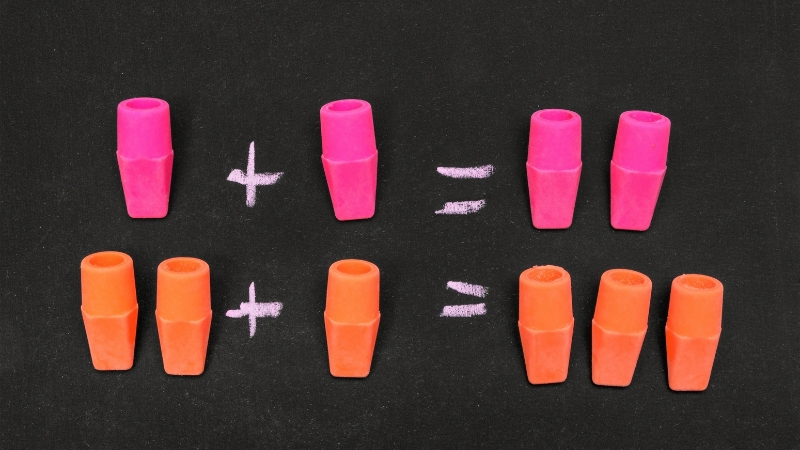
Sample Weekly Plan
Day
Activity
Monday
Practice basic facts with flashcards oran app
Tuesday
Complete a printable worksheet (number bonds or sums under 20)
Wednesday
Play an addition game like Addition War
Thursday
Solve word problems from a worksheet or book
Friday
Do a color-by-sum or board game with dice
Weekend
Apply addition to real life (e.g., cooking, shopping)
Conclusion
Teaching a 7-year-old addition does not require complex tools or expensive materials. What’s needed is a structured approach that combines:
- Clear instructions of concepts
- Repetition through varied methods
- Visuals and hands-on practice
- Games to build fluency
- Real-life use of addition
With the right mix of printable activities and interactive games, children will not only learn how to add, but they will do so with confidence and consistency.
Stick to a routine, make the lessons meaningful, and encourage progress daily. Mastery of addition at age 7 is entirely achievable with focused effort and well-designed materials.
Related Posts:
- 9 Fun Math Games Inspired by Real Sports That Teach…
- 10 Board Games That Teach Math Without Kids Realizing
- Top 9 Free Math Games Online That Actually Teach Something
- Best Ways To Use Games To Teach Times Tables At Home
- 8 Fun Activities to Practice Fractions and Mixed…
- 7 Simple Ways to Teach Counting at Home




